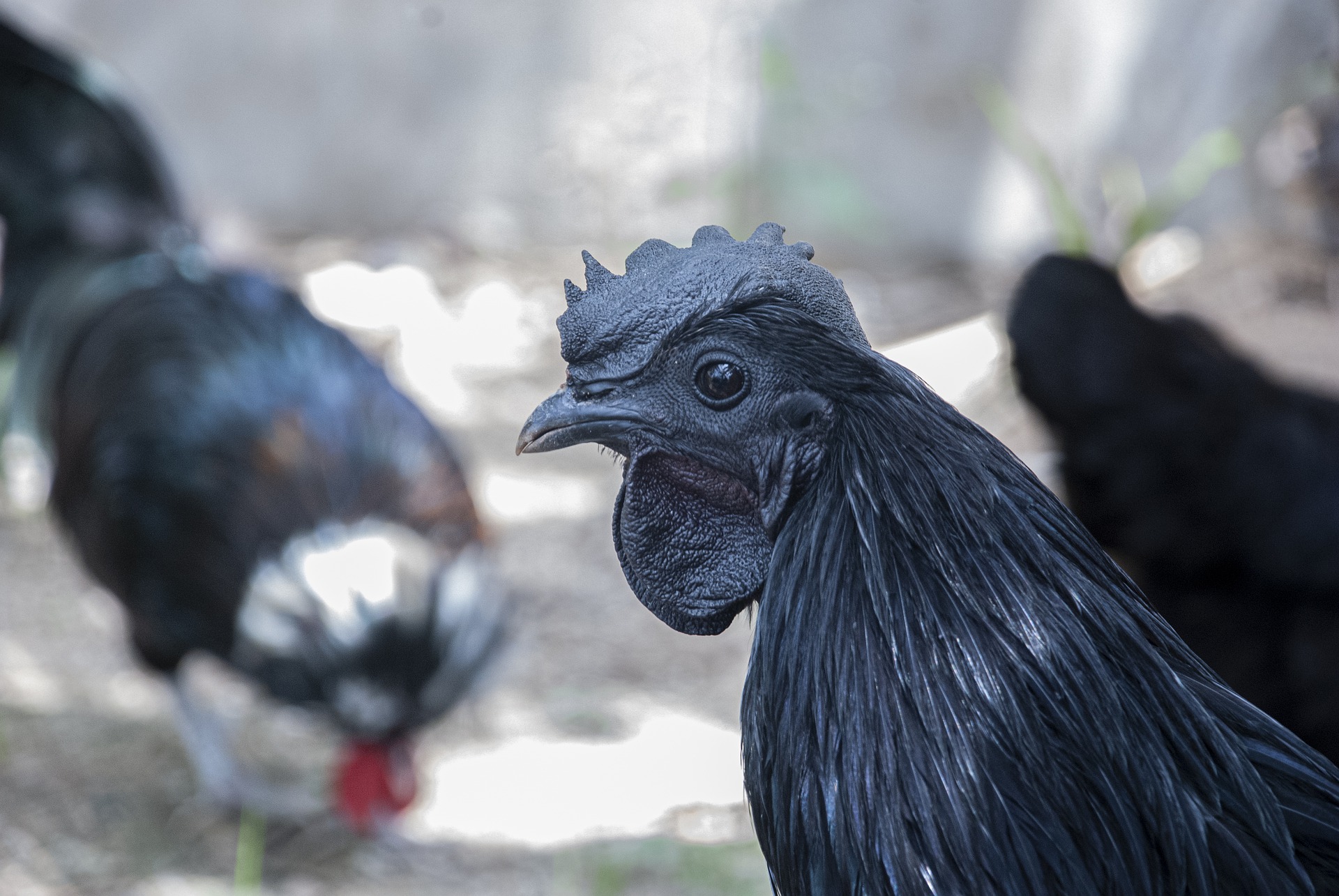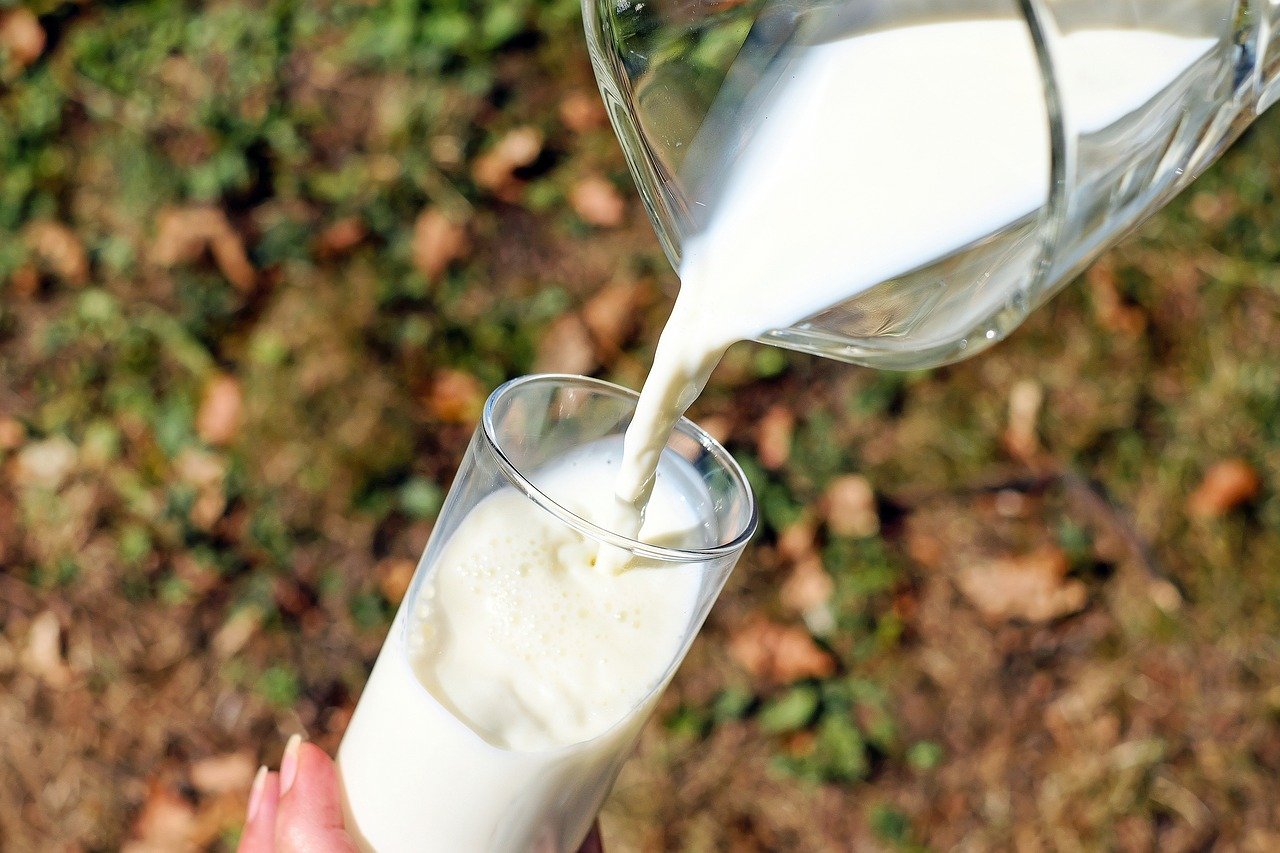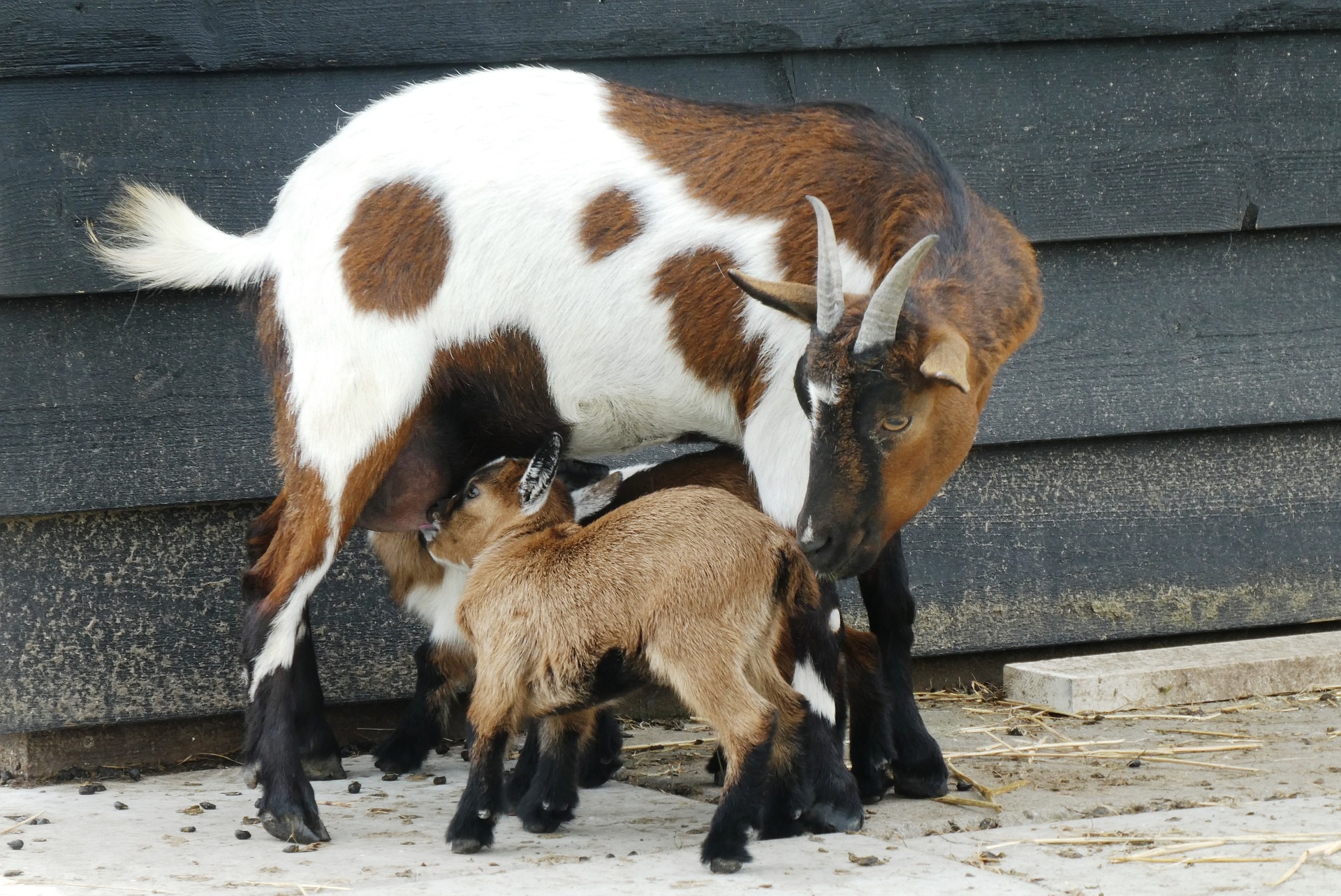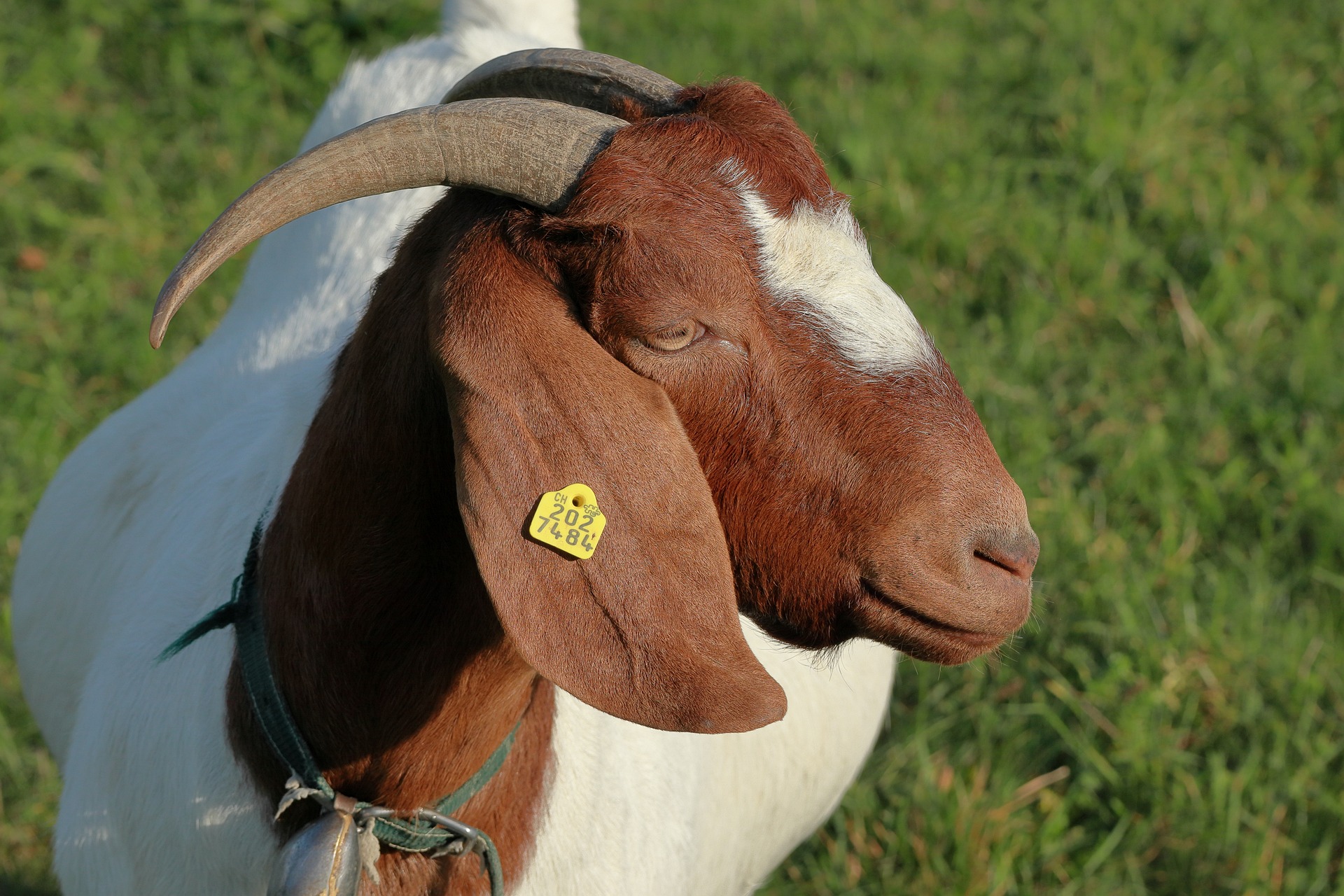Your cart is currently empty!

Best egg laying chicken breeds in india
For poultry farmers, there may be a lot of things to consider, from investment to veterinary care. but the first thing most farmers would want to take time in understanding is the breed of chicken they intend to grow. For commercial Poultry farming, indigenous varieties are not often preferred. Backyard poultry farming does have a 25% market share in India, but the breeds are different from those commercially grown.
It’s important to know what’s so different between the birds which are grown commercially and those in backyard farming. For one, Backyard poultry farming birds do not rely on feeds provided by the farmer. They scavenge for their food and learn to fend for themselves. on the contrary, the birds farmed commercially are caged and never let out. They are fed high-quality food to help them grow better and faster. The debate on the quality of the meat and eggs of commercially grown chicken is for a different day but the fact always remains that Commercially grown chicken yields faster results, make more profit and is practised widely.
In commercial poultry farming, chicken is grown for its meat and some for its eggs. When you are focussed on egg production, you would want to find the best breed which produces more eggs in lesser time. No matter which breeds, the chicken will lay only one egg a day. The question is, how fast do they start laying eggs? Does it take 6 months? 4 months ? or just 2 months? the faster they start laying eggs, the faster the profits start coming in for the farmers.
The second most important factor is how many eggs are produced per year. while the indigenous varieties are capable of producing 70-80 eggs a year, commercially grown chickens are known to lay around 180, 200 or even 250 eggs every year. You should be looking at a breed which lays the most amount of eggs for stable revenue.
Breeds and their egg-laying capacity
While there are a lot of desi birds which can give you an average of 70-80 eggs a year, these are backyard poultry birds which scavenge for their food. though these are excellent for people who are looking for a small income, these birds are not recommended for commercial purposes due to various reasons. To begin with, these birds grow slowly as compared to commercial varieties. They also reach sexual maturity late, which makes the time to maintain them a bit higher. The weight of the eggs and the birds themselves are much lower. When compared to the commercial varieties, these are a drawback for farmers who want faster returns and a regular income. The commercial birds which are feasible for farmers are as below.
Improved variety of birds for both backyard and commercial poultry farming
- Gramapriya: Gramapriya is one of the favourite birds for commercial and backyard poultry farmers due to its low maintenance. They are known to feed themselves and scavenge for food. They reach sexual maturity in 175 days and can produce up to 190 eggs a year.
- CARI NirBheek: The nirbheek is an improved variety of birds which is a cross between the Aseel and the Cari red. They are known to produce an average of 198 eggs a year.
- Cari Hitcari: The Hitcari birds reach sexual maturity in 178 days and are known to produce an average of 200 Eggs per year. The hitcari is a cross between the naked neck variety and the CARI Red.
- CARI Upkari: The Upkari birds are known to reach sexual maturity in 165 days and have the potential of 220 eggs a year. they are developed in Uttar Pradesh by the ICAR-CARI.
- Cari Sonali Layer or the Golden-92: The birds are a cross between the white Leghorn and Rhode island red. They have the potential of laying 280 Eggs a year. These birds start laying eggs in 18-19 weeks and reach peak egg production in 29 weeks.
- CARI Priya Layer: A pure leghorn cross with superior male and female strains. The commercial white egg layer chicken reaches sexual maturity in as little as 17-18 weeks and reaches peak egg production in 26-28 weeks. The annual egg production is a whooping 280 per year.
- CARI Shyama: A cross between Kadaknath and CARI red. The birds have the potential of laying 210 eggs a year and reach sexual maturity in 170 days.
- Athulya: The athulya is developed in mannuthy, Thrissur Kerala and is one of the few birds which reach early sexual maturity and has the highest number of eggs per year. Annual egg production is between 290 – 300 per year and they reach sexual maturity in 123 days.
- Kalinga Brown: The Kalinga brown variety is known to be reaching sexual maturity in the least amount of time at 122 days. The egg production is high but compared to athulya, slightly lower. An annual egg production of 275 eggs can be expected. The Kalinga brown is a cross between White leghorns and Rhode island red. They are developed by CPDO Bengaluru.
- Kaveri: The Kaveri Breeds are good scavengers and lay 130 -140 eggs per year. They reach sexual maturity in 183 days
- Grama Lakshmi. The Annual egg production of grama Lakshmi is 180-200 eggs and they reach sexual maturity in 160 days.
- KrishiLayer: A good variety of birds which can lay up to 280 eggs annually. Developed in Telangana.
Among all the birds, the Athulya is seen to be one of the best egg-laying birds developed by ICAR. They are capable of delivering 300 eggs a year with an egg weighing 50 -55 Grams. The good size of the eggs fetches a good price for the farmers and an extra profit of 4-5 rs per 100 eggs.
Some farmers who have succeeded in Athulya poultry farming have earned up to 2 Lakh rupees a year with 2800 Birds. The average cost for farming the birds including labour, the cost of birds (Chicks) and feed amounted to approximately 20 Lakhs while the income from eggs alone was approximately 20 Lakh Rupees.
Poultry farming in general can be very expensive to venture into and risky too. Feed price amount to 80% of the expenses in Layer farming. Nevertheless, Poultry farming is one of the few ventures where you could make 3-5 Lakh annually with eggs and meat if maintained well and without any unforeseen circumstances.
Reference : https://icar.org.in/node/8091
Recent Categories
Recent Posts
Post Archive
Category Tags
There’s no content to show here yet.







